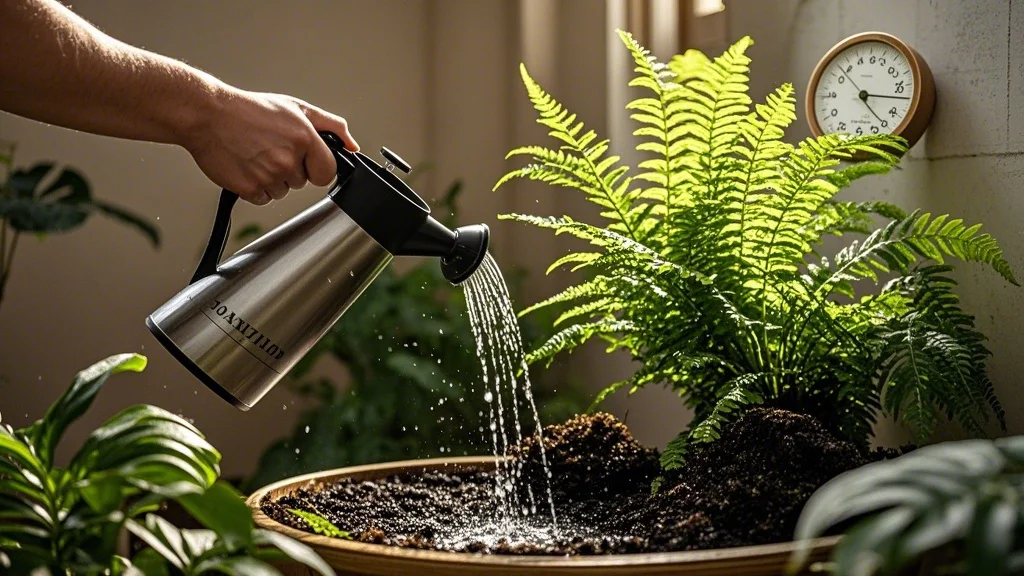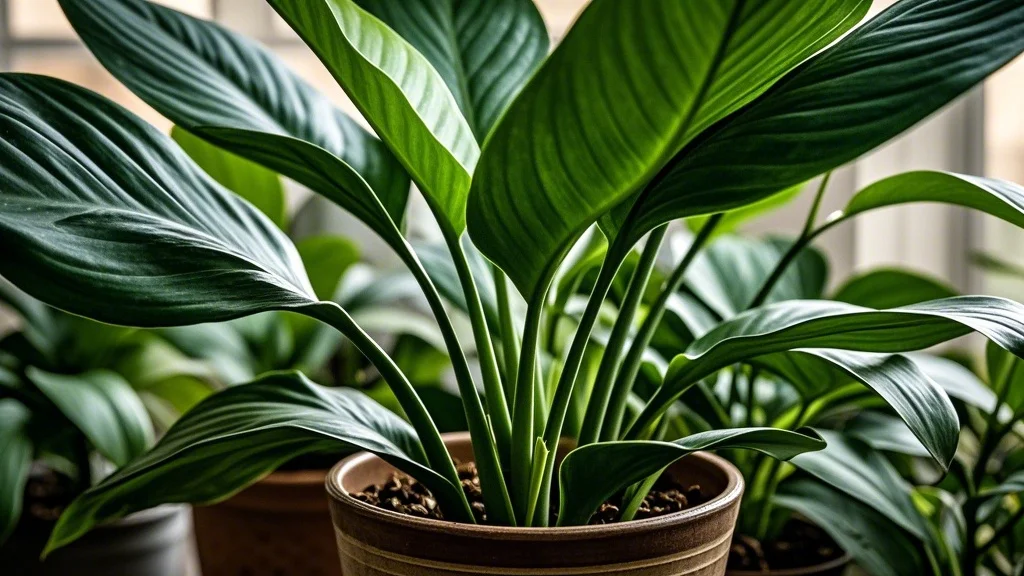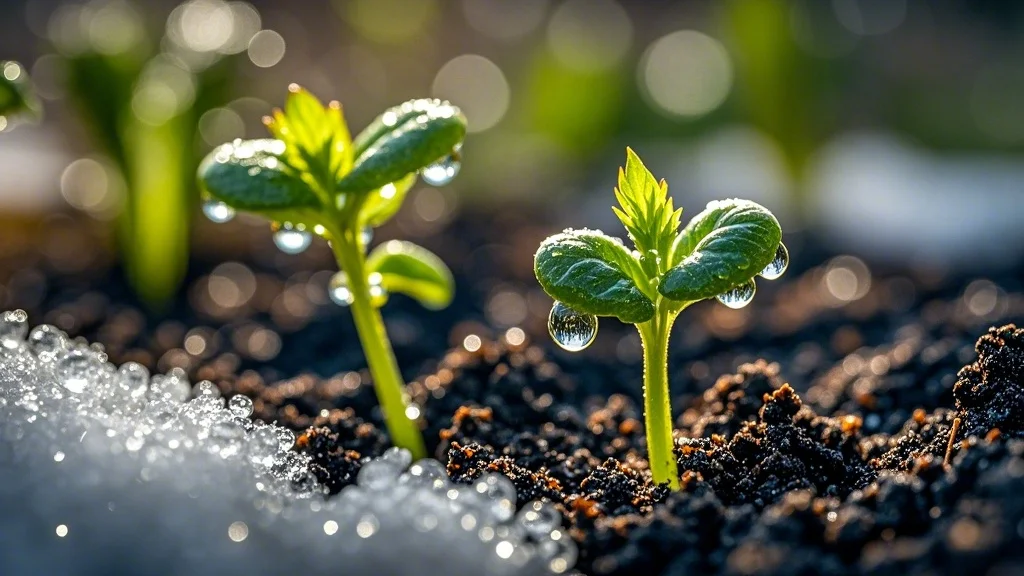For many indoor gardeners, the ultimate reward of plant care is witnessing a stunning display of blooms. However, when your houseplants refuse to flower, it can be both frustrating and perplexing. This comprehensive guide will help you identify the common reasons behind bloom failures and provide specific solutions to encourage your plants to burst into glorious flower.
Contents
Understanding the Flowering Process
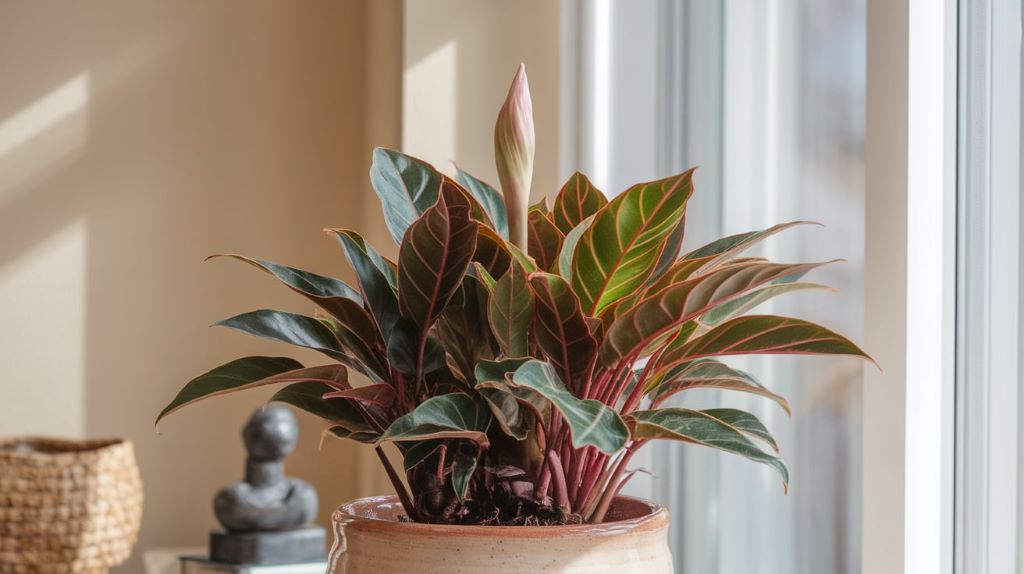
Before diving into troubleshooting, it’s essential to understand that flowering is a complex biological process. Plants bloom when they’ve reached maturity and when environmental conditions are right. This process involves:
- Vegetative growth
- Bud initiation
- Bud development
- Bloom opening
Each stage requires specific conditions, and disruptions at any point can prevent flowering.
Common Reasons for Lack of Blooming
1. Insufficient Light
One of the most common reasons houseplants fail to bloom is inadequate light. Most flowering plants require bright, direct sunlight for several hours a day to produce blooms.
Solution:
- Move your plant to a brighter location, preferably near a south-facing window.
- If natural light is limited, consider using grow lights to supplement.
- Ensure your plant receives at least 6-8 hours of bright light daily.
2. Improper Watering
Both overwatering and underwatering can stress plants and inhibit flowering.
Solution:
- Research your specific plant’s water needs.
- Use a moisture meter to gauge soil moisture accurately.
- Ensure proper drainage to prevent waterlogging.
- Adjust watering frequency based on seasons and growth patterns.
3. Nutrient Deficiencies
Flowering requires a lot of energy and resources. If your plant lacks essential nutrients, it may not have the capacity to produce blooms.
Solution:
- Use a balanced, water-soluble fertilizer during the growing season.
- Apply a bloom-boosting fertilizer high in phosphorus when buds should be forming.
- Consider a soil test to identify specific nutrient deficiencies.
4. Incorrect Temperature
Many plants have specific temperature requirements for initiating and developing flower buds.
Solution:
- Research your plant’s ideal temperature range.
- Avoid placing plants near drafty windows or heating/cooling vents.
- Some plants may need a period of cooler temperatures to trigger blooming.
5. Humidity Issues
While often overlooked, humidity plays a crucial role in bud development for many tropical and subtropical plants.
Solution:
- Use a hygrometer to monitor humidity levels.
- Increase humidity with a pebble tray, humidifier, or regular misting.
- Group plants together to create a more humid microclimate.
6. Pruning at the Wrong Time
Improper pruning can remove flower buds or disrupt the plant’s blooming cycle.
Solution:
- Research your plant’s blooming habits and prune accordingly.
- For spring-flowering plants, prune immediately after blooming.
- For summer and fall bloomers, prune in late winter or early spring.
7. Pot-Bound Plants
Some plants flower better when slightly pot-bound, while others need more space to bloom.
Solution:
- Check if roots are circling the bottom of the pot.
- Repot if necessary, using a container 1-2 inches larger in diameter.
- For plants that prefer being pot-bound, only repot when absolutely necessary.
8. Pest Infestations
Pests can damage buds and stress the plant, preventing flowering.
Solution:
- Regularly inspect plants for signs of pests.
- Use neem oil or insecticidal soap for mild infestations.
- For severe cases, consider systemic pesticides or consult a professional.
9. Disease
Fungal or bacterial diseases can affect a plant’s overall health and ability to flower.
Solution:
- Ensure good air circulation around plants.
- Avoid getting water on leaves when watering.
- Remove and dispose of any diseased parts promptly.
- Use fungicides if necessary, following package instructions carefully.
10. Immaturity
Some plants need to reach a certain age or size before they’re capable of flowering.
Solution:
- Be patient and continue providing optimal care.
- Research your plant’s typical blooming age.
- Focus on promoting healthy growth rather than forcing blooms.
11. Incorrect Photoperiod
Many plants rely on specific day lengths to trigger flowering, known as photoperiodism.
Solution:
- Identify if your plant is a short-day, long-day, or day-neutral plant.
- For short-day plants, ensure they receive uninterrupted darkness for 12-14 hours.
- For long-day plants, supplement with grow lights to extend daylight hours if needed.
12. Genetic Factors
Sometimes, plants may not bloom due to genetic variations or hybridization.
Solution:
- Ensure you’ve correctly identified your plant species.
- If dealing with a hybrid, research its specific blooming tendencies.
- Consider propagating from a known flowering specimen.
Specific Plant Types and Their Blooming Challenges
Orchids
Orchids are notorious for being challenging to rebloom.
Specific Solutions:
- Provide a distinct temperature drop at night (10-15°F cooler).
- Ensure high humidity (50-70%).
- Use specialized orchid fertilizers.
- Some orchids need a rest period after blooming.
African Violets
These popular houseplants can be finicky about blooming.
Specific Solutions:
- Provide bright, indirect light.
- Maintain temperatures between 65-75°F.
- Water from the bottom to avoid wetting leaves.
- Use African violet-specific fertilizers.
Succulents and Cacti
Many succulents need specific conditions to trigger blooming.
Specific Solutions:
- Provide a period of dormancy with cooler temperatures and reduced watering.
- Ensure very bright light, often direct sunlight.
- Use a low-nitrogen, high-phosphorus fertilizer during the growing season.
Tropical Plants (e.g., Bird of Paradise, Anthurium)
These plants often struggle to bloom in indoor environments.
Specific Solutions:
- Maintain high humidity levels.
- Provide very bright, indirect light.
- Keep temperatures consistently warm (above 60°F).
- Use a balanced, liquid fertilizer regularly during the growing season.
Advanced Techniques for Encouraging Blooms
1. Gibberellic Acid Treatment
Gibberellic acid is a plant hormone that can stimulate flowering in some plants.
Application:
- Purchase a gibberellic acid solution from a garden center.
- Follow package instructions for dilution and application.
- Apply to foliage or as a soil drench.
- Use cautiously, as overuse can cause excessive stem elongation.
2. Manipulating Day Length
For photoperiod-sensitive plants, you can artificially control day length.
Technique:
- Use blackout curtains or boxes to create short-day conditions.
- Employ grow lights on timers to extend day length for long-day plants.
- Be consistent with timing to avoid confusing the plant.
3. Root Pruning
For some pot-bound plants, root pruning can stimulate new growth and flowering.
Process:
- Remove the plant from its pot.
- Trim away about 1/3 of the root mass.
- Repot in fresh soil in the same container.
- Water thoroughly and provide extra care during recovery.
4. Deadheading
Removing spent blooms can encourage some plants to produce more flowers.
Method:
- Pinch or cut off faded flowers at the base of the stem.
- For plants with multiple blooms on one stem, wait until all flowers have faded before removing the entire stem.
5. Foliar Feeding
Applying nutrients directly to leaves can provide a quick boost for flowering.
Application:
- Use a diluted, balanced liquid fertilizer.
- Spray on leaves in the early morning or late evening.
- Focus on the undersides of leaves where absorption is higher.
Maintaining Blooms Once They Appear
Once your plant starts flowering, proper care is crucial to maintain and prolong the blooming period:
- Consistent Care: Maintain the conditions that encouraged blooming.
- Adequate Support: Provide stakes or trellises for plants with heavy blooms.
- Proper Feeding: Continue fertilizing, but switch to a balanced formula to support overall health.
- Pest Vigilance: Flowering plants can attract pests, so inspect regularly.
- Deadheading: Remove spent blooms to encourage more flower production.
- Avoid Stress: Minimize changes in the plant’s environment during flowering.
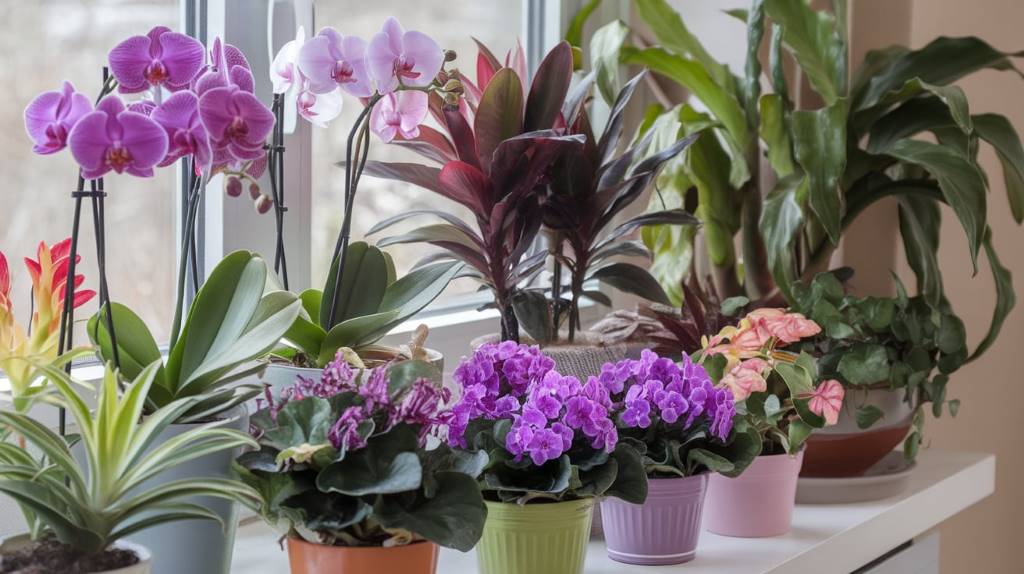
Conclusion
Encouraging your houseplants to flower requires patience, attention to detail, and a good understanding of each plant’s specific needs. By addressing these common issues and implementing the suggested solutions, you can create an environment that promotes healthy growth and abundant blooms. Remember that every plant is unique, and what works for one may not work for another. Keep observing, adjusting, and learning about your plants, and soon you’ll be rewarded with a spectacular floral display in your urban garden.

